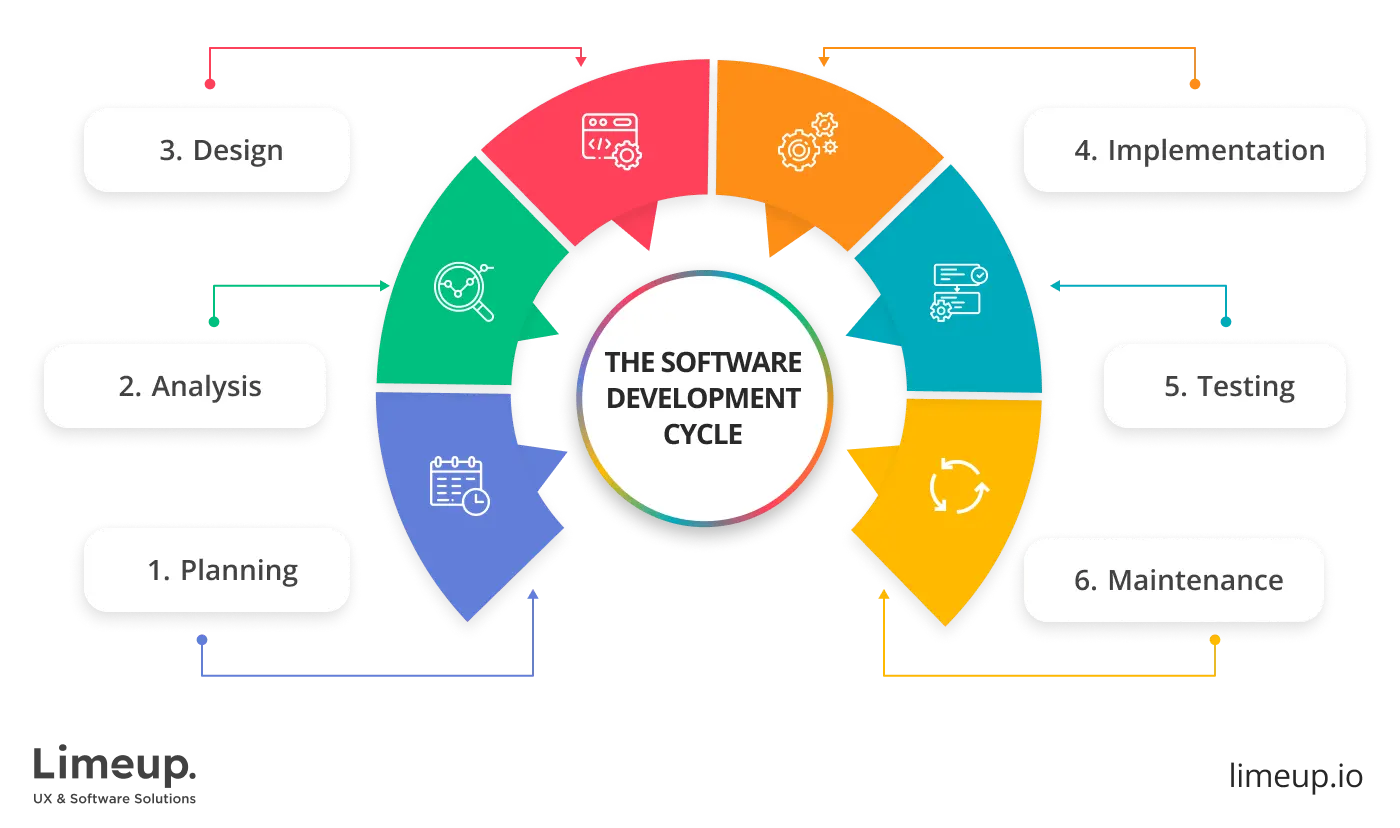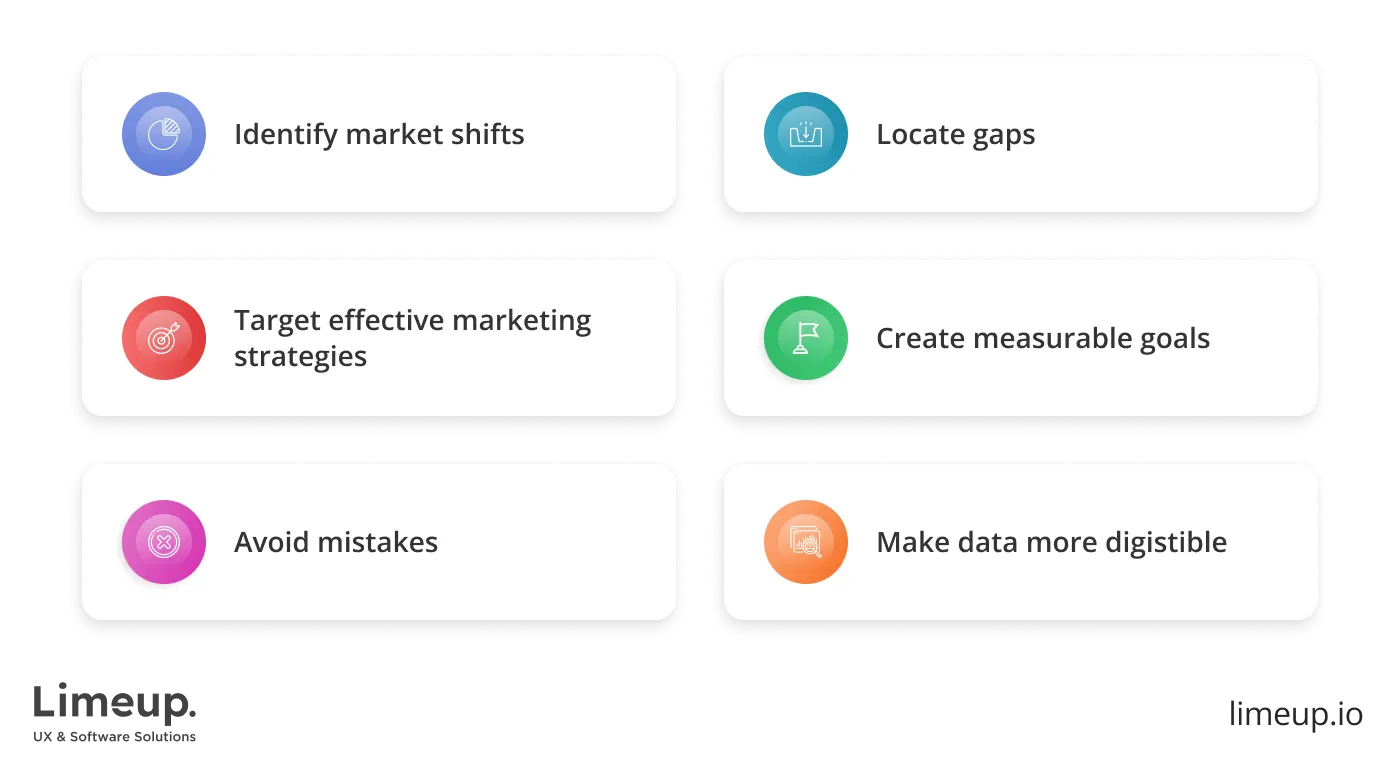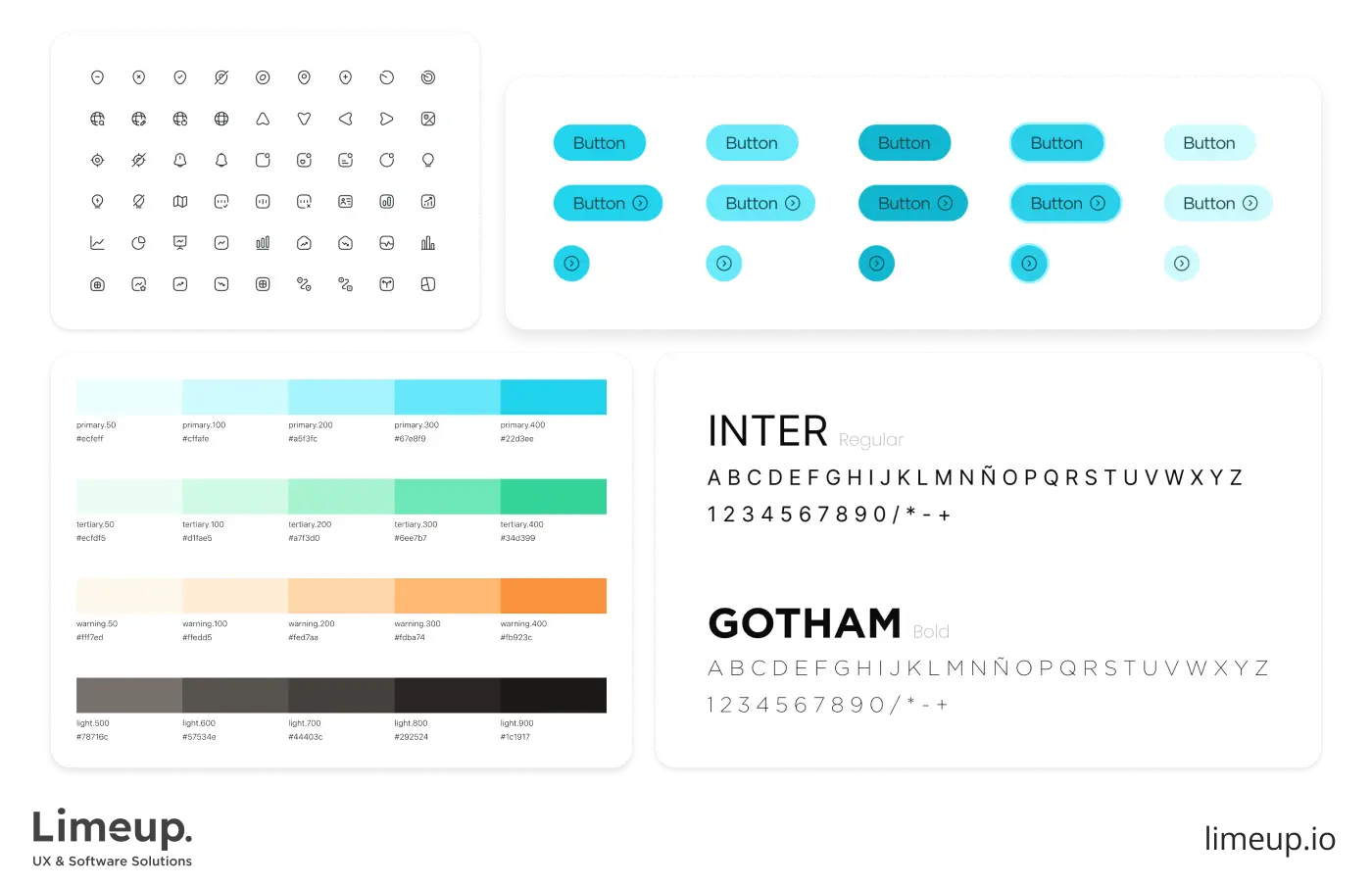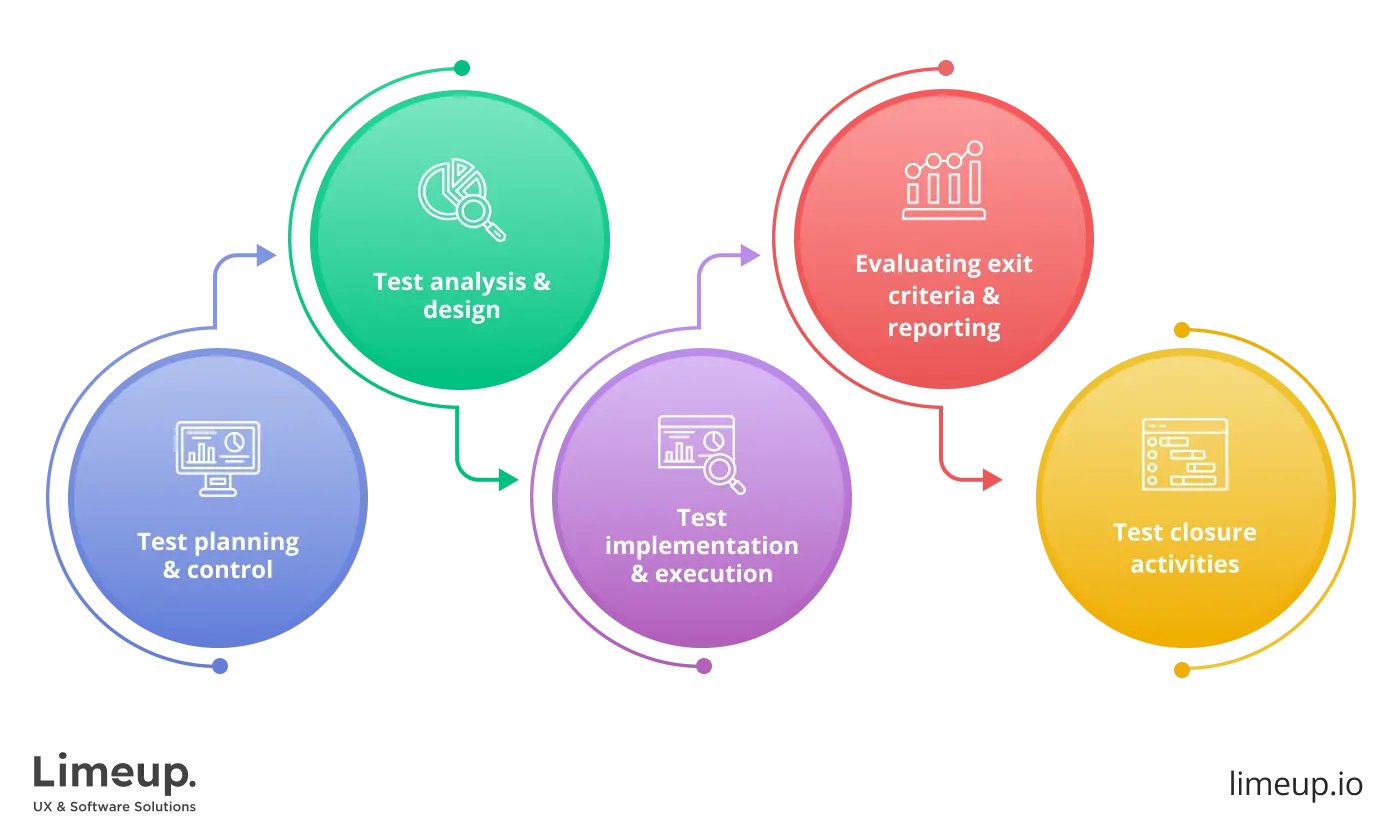Software Development Process: Step-by-Step Guide

The software development process is essential in the cut-throat industry of agile software creation. It’s a game-changing process that, in terms of wise usage, leads to streamlined workflow, promotes collaboration in a digital-native team, and continuously improves the product.
Talking about the object-oriented steps in software development we won’t overrate this process, saying that it plays a vital role in steering the project toward success. You will be able to accelerate software delivery, reduce project risk and cost, increase productivity, and reach more benefits.
The purpose of this article is to help your software developer organize their work effectively and prepare for full-cycle software creation. We will discuss the notion of software development, break the agile process down into several steps, and present you with 4 major approaches to creating exciting software solutions.
What is the software development process?
Creating a new piece of software by leveraging a multi-step strategy, following technical requirements, and meeting user expectations which may sound like rocket science.

The managing software development process is a complex and multistage strategy that allows to prioritize tasks and makes product creation more efficient while staying ahead of the curve. There are two optional methodologies for the process — Agile and Waterfall. Each of these methods involves various improvements, from project management to actual development.
The exact process is done by providers, for example, software development companies in London that are highly experienced in delivering software solutions. They focus on creating software using various methodologies we have named above. With their help, even a software developer can conduct front-end and back-end efficiently.
6 steps of the development process for a software project
Step 1: Needs analysis
Step 1 and step 2 involve a lot of planning and analysis in the agile software development process.
In the first step, you will conduct different research types to define and/or validate your idea, including market research, competitor analysis, research on the target audience, and more, all with the purpose of identifying user needs. When being aware of their needs, you will move to the next part of the matter — inventing the solution.

A good idea is to organize brainstorming sessions where you will generate ideas on the product together with your team, stakeholders, or the company offering software services. You can even involve the target audience in the process by conducting interviews, sending them questionnaires to collect feedback, organizing experiments, etc.
In the end, you should get an idea of a product or service you will deliver to the client and the reasons why the audience will be interested in it.
Also, you can think about the strengths and weaknesses of your future product, determining its prospects in the market. Do not rely on the assumptions; it’s far more secure to prove them with figures and numbers before moving to the next phase in software development process improvement.
If you are searching for a company that can estimate the project precisely and prepare an effective work plan, consider hiring one of the software development companies in the UK.
Step 2: Collecting requirements
At this step, your effort will be centered on conceptualizing your product idea and collecting requirements.
You will use the data and insights collected in the previous phase to develop project requirements. By requirements, we mean both functional and non-functional compulsion, like the technical outline for the product components, user needs, product specifications, etc.

Step 2 helps you set the foundation for further software development processes. Your task here is to think about every single aspect of your software, the scope of work needed to achieve your goals, and the team’s tasks.
To get all this data, you should work closely with your software developers, testers, UI/UX designers, marketers, content specialists, and others.
As an option, we suggest viewing our list of the top software providers to find a development team. By choosing one of them, you will get access to a diverse talent pool in the target areas. They are experienced in different research methods and will help you collect all the data essential for further planning and project implementation.
Step 3: Design
This is one of the software development process steps where your UI/UX designers start working on the visual representation of the product.
One part of the workload is creating the design kit for your solution, choosing the color schemes, fonts, visual elements, cool logo, and other stuff representing your brand identity.

Another part of their workload is focusing on usability within software development services. The visual representation of the product should be serviceable and built-in. Still, simultaneously, you should care about users’ journey as well, considering not only the prettiness of your product but how your goals align with customer needs.
Step 4: Development
Taking into account this stage, we can say that your technical professionals will choose the proper method and dive into a software creation process. We will discuss software development methodologies further, at this step, we will only suggest focusing purely on the development process.

As it’s being said above, this step is essential when centering on implementing the project requirements and considering UI/UX design in the code. Moreover, your development team builds separate product units, integrates them, conducts testing, etc, to drive the well-oiled machine of your product.
Step 5: Testing
This step is crucial to identify and fix all the bugs and improve the solution according to the end-users’ expectations. It also qualifies you to ensure that the product complies with the initial requirements, poses no challenges to users and your team is on the same wavelength with customers.
Further, it will help you not to push the panic button in case of any incompatibility of your software.

You can start testing your software right after you build the architecture and the core features of the product. After you validate the changes and improvements made at this phase, you can move to the last step in the process of software development.
Step 6: Deployment and maintenance
Deployment and maintenance occur when a solution is thoroughly tested and ready for release. Neglecting the testing step may result in missed requirements, affecting user satisfaction with the product.

After your solution undergoes testing and you are confident of the product’s functionality and usability, you can deploy the product and distribute it into the production environment.
As a part of the SDLC, your development team can organize a beta release. Under this approach, you release your solution to a limited number of users to collect their feedback or release it to the public, but apply well-known methodologies to check what users say about the product.
After getting the feedback and introducing final changes, you move to the full-scale release, and your product goes live.
A no less important part of this step is software maintenance. By maintaining your software, you ensure that it keeps working smoothly, is up-to-date, and can be scaled with no difficulties.
6 benefits from the process of software development

By planning software development thoroughly, you can get the following benefits:
-
Maintaining high quality. In reference to mobile or web applications you should maintain the high quality of your solution within an effective development process that allows you to build a quality product by assessing user needs and testing the product before releasing it to the public.
Being a significant part of the steps in software development process, the development teams have to go the extra mile with code reviews, manual and automated testing, security checks, and other quality assurance activities for your users to get a high-quality and bug-free solution.
-
Encouraging collaboration. The agile development process implementation gives your team clear guidance on the tasks, duties, and goals to pursue. This also enables them to understand the requirements clearly and make sure that all the team members are on the same page.
Shared understanding, in turn, drives ideas and insights that can be discussed with teammates. Such a situation helps people with different competencies come together, exchange information, and bring value to the project.
-
Boosting efficiency. The software creation process requires you and your team to estimate the resources, time, and effort needed for the project’s growth.
You can be in the driver’s seat when it comes to choosing the right software development partner since it guarantees top-tier services and you will tap into a region renowned for its IT headway. By implementing software development methodologies you are simultaneously boosting your efficiency, saving resources and receiving access to numerous benefits.
-
Increasing project consistency. If you have a plan for the development process that sounds like breaking new ground, ensure that the team members are consistent in their efforts. Moreover, you are able to prevent having an extra job, performing unnecessary tasks or misinterpreting the sprint goals.
The planning of the adaptive software development processes will give you a framework for completing each step and smoothly moving from one objective to another.
- Continuously improving the solution. With the practical development process, you keep improving your idea till the very product release. Feedback loops combined with brainstorming sessions and collaborative workshops can bring numerous insights to the project.
- Mitigating risks. By planning the software development from start to finish, you think about the possible risks and twists on the way, needing tactful handling of a tricky situation. Being aware of these risks, you can be bewildered by effective risk management strategies.
Concepts of the software development processes
A carefully thought-out plan will protect your project from unexpected risks and incidents. To make sure you don’t get overextended with each stage of the development, ensure that you are familiar with the essential concepts.
When you start developing your product or service, remember to make sure that the process is efficient and that you are not overwhelmed with numerous tasks. In this case, Agile development comes in handy, but you are free to choose any methodology that you consider the most suitable. Visit our glossary to find more software development terms definitions.
Thirdly, along with a careful planning process, always test your prototypes and receive end-user feedback that is also your target audience’s pain points and expectations. Therefore, you will deliver in-demand solutions that will meet your customers’ needs.
Lastly, prioritize wisely within your proof of concept, which allows you to evaluate the idea’s success rate and how in-demand it will be.
To sum up
In this article, we discussed the theoretical part of the software development process metrics alongside the insights Limeup experts received through numerous years of experience to deeper understand the steps, methods, provided benefits, etc.
As for the second part of this blog post, it’s purely practical, with blue-sky thinking and which involves hiring outstanding experts in your niche, and composing a team full of tech-savvy specialists. Would you like to kick off a free consultation session on your development process? Get in touch with Limeup tech talents if you have any questions left or need help with further steps in your development journey.

